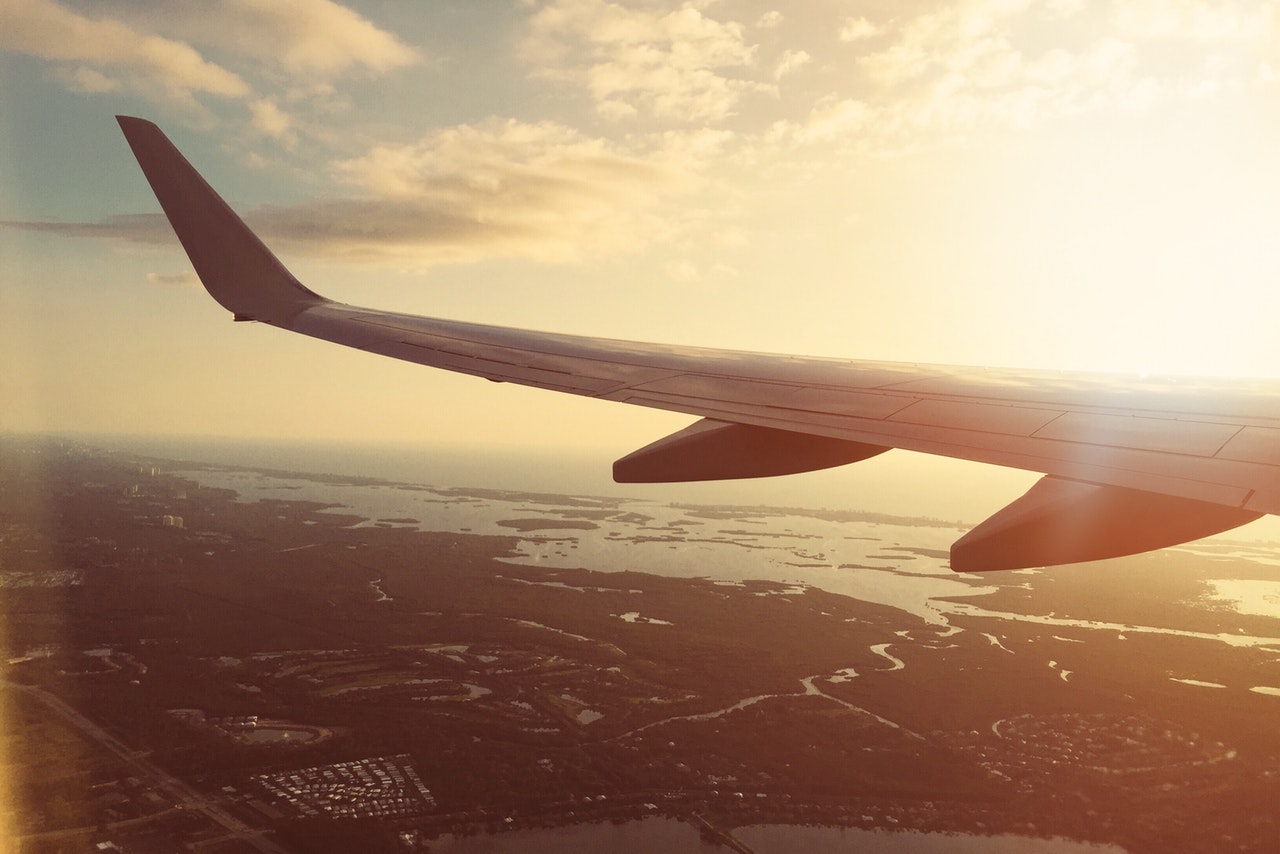5 Monasteries in Bhutan You Need to VisitBy Angelica Malin
Nestled in the Eastern Himalayas, Bhutan is known for its dramatic landscape, ranging from subtropical plains to steep mountains and valleys dotted with monasteries and dzongs.
Travellers looking to explore the Buddhist Kingdom and delve into the history and heritage of the country can visit the numerous temples, originally built to protect local communities and which have turned into museums housing cultural and religious artefacts. The impressive architecture of the fortresses typically consist of courtyards, temples, administrative offices and monks’ accommodation.
Tiger’s Nest Monastery

The Lowdown: Taktsang Monastery, known as ‘The Tiger’s Nest’, is Bhutan’s most iconic temple standing on a sheer cliff edge 3,120 metres above the Paro Valley. The temple is only accessible by trekking two/three hours through pine forests and mountains. But the trek is worth it, as once you reach the summit, you’re rewarded with panoramic views of the surrounding majestic mountains and valleys, as well as the chance to see brightly coloured prayer bannerettes symbolising protection and good luck.
Gangtey Monastery

The Lowdown: The Gangtey Monastery is an important monastery of Nyingmapa school of Buddhism, situated in the Wangdue Phodrang District in Western Bhutan. Offering views of Phobjikha Valley, the area is home to the country’s rare Black Necked Cranes. Explore the Valley’s cultural heritage and traditions, as well as attending the Annual Black-Necked Crane Festival, held in November each year. The festival sees over 300 cranes migrate and you can learn about the importance of conserving endangered species and the history of the area.
Trongsa Dzong

The Lowdown: The Trongsa Dzong overlooks the Mangdecuhhu River in the centre of Bhutan and is easily visible from anywhere within the town. The impressive temple is closely connected to the royal family, with both the first and second kings of Bhutan ruling from Trongsa. If you’re travelling to the dzong, you can discover the history of the area, as well as take part in local celebrations such as ‘Trongsa Tshechu’, the annual winter festival. Open to locals and travellers alike, the festival celebrates Buddhism and the country’s heritage.
Punakha Dzong

The Lowdown: Dubbed ‘The palace of great happiness’, Punakha Dzong in Punakha served as the capital of the country until the early 20th century. It takes pride as the second oldest and largest dzong in Bhutan, and the inside is adorned with beautiful interior and intricate decorations, including murals and handcrafted woodwork and paintings.
Trashigang Dzong

The Lowdown: Situated in the eastern most corner of Bhutan, Trashigang town is set on a scenic hillside on the edge of the Indian state, Arunachal Pradesh. The dzong was built in the 17th century to defend the east against Tibetan invasions and is strategically situated overlooking the Dangmechu River. Today, the fortress remains a hub for traditional arts and crafts, cultural events, rituals and annual festivals.
For further information and to book a holiday to Bhutan, please visit here




































